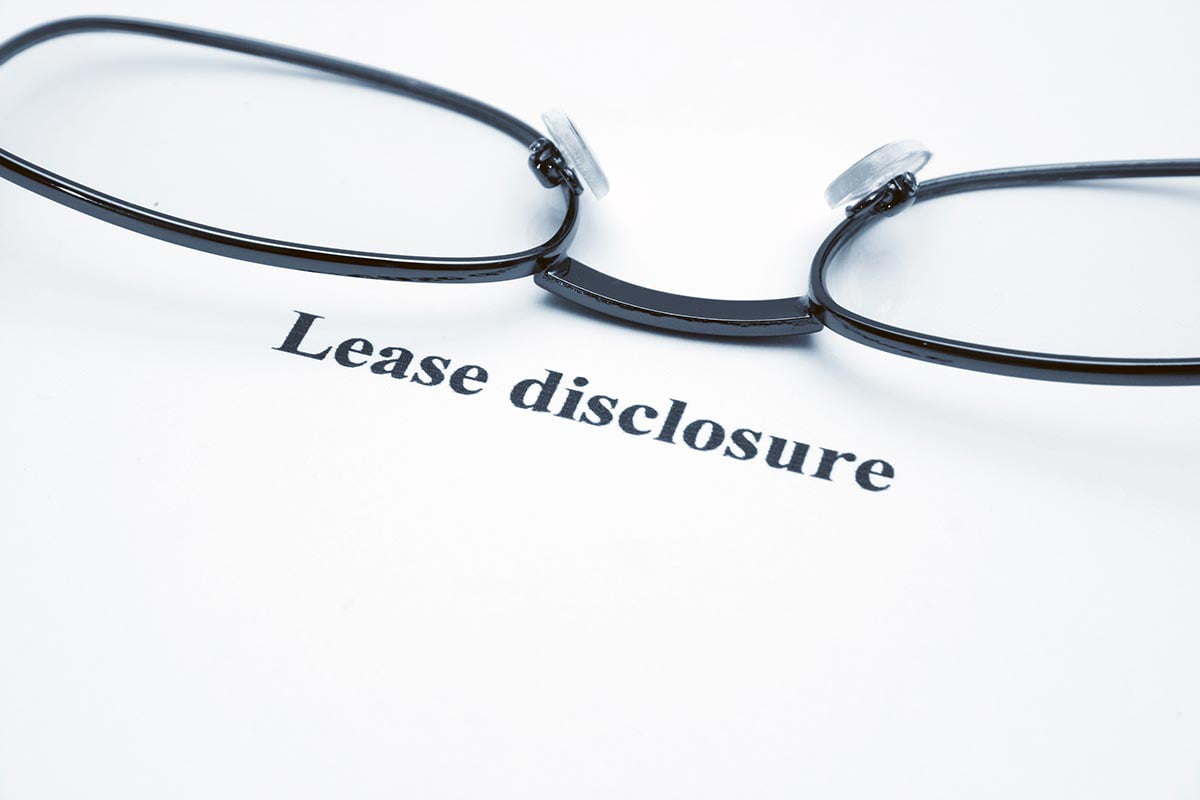In February 2016, the Financial Accounting Standards Board (FASB) issued the new standard on leases – Accounting Standards Update (ASU) 2016-02. After some delay, the adoption of the new lease standard, ASC 842, is right around the corner. The new standard is effective for nonpublic entities for fiscal years beginning after December 15, 2021. That means an effective date of January 1, 2022 for calendar year end private companies and nonpublic nonprofit organizations. The rest of the article will discuss how the new standard impacts lessees. There are some changes to the lessor model, but those are not as significant.
What’s The Big Deal?
The most significant change is that most leases will be recognized on the balance sheet. Under the ‘old’ accounting standard, capital leases were on the balance sheet while operating leases were not. Under the ‘new’ accounting standard, leases are classified as operating or finance leases (formerly, capital leases). However, both are recorded on the balance sheet as a right-of-use (ROU) asset and lease liability.
At a high level, both operating and finance leases will be recorded on the balance sheet at the present value of the future lease payments, but the expense recognition pattern will differ for each. For an operating lease, a lessee would recognize lease expense on a straight-line basis over the lease term. For a finance lease, the lessee would recognize both interest expense (by using the effective interest method) and amortization expense. The new standard significantly expands the lease disclosure requirements. Some of the new disclosures included separating finance and operating lease costs, short-term and variable lease costs, weighted average remaining lease term, and weighted average discount rate.
What Qualifies As A Lease?
The standard applies to leases of property, plant, or equipment (i.e. a physical asset) where the lessee has the right to control use of the asset for a period of time. Control exists if the lessee has the right to substantially all the economic benefits from use of the asset and the right to direct the use of that asset.
Some contracts have not been thought of as a lease in the traditional sense but may fall within the scope of the new standard as an embedded lease. Service agreements are an area to explore as they may grant the lessee a right to use an identifiable asset during the term of the agreement. For example, you may outsource network services or data storage to a 3rd party. If that contract grants you the exclusive use of a specific server, the contract may contain an embedded lease. We recommend analyzing all contracts for potential embedded leases.
What Type Of Lease Do I Have?
There are two classifications for leases under the new standard, operating and finance. If a lease does not meet the criteria for a finance lease, then it is an operating lease by default. A contract is a finance lease if any of the following criteria are met:
- Ownership transfer to the lessee by the end of the lease term.
- Option for the lessee to purchase the underlying asset and it is reasonably certain the lessee will exercise that option.
- The lease term is for a major part of the underlying asset’s remaining economic life.
- The sum of the present value of the lease payments and any residual value guaranteed by the lessee is equal to or exceeds substantially all the underlying asset’s fair value.
- The underlying asset is so specialized in nature that is has no alternative use to the lessor at the end of the lease term.
The criteria above should look like the capital lease criteria under the ‘old’ standard. While the new standard has retained the basic principles, it has removed the bright line tests.
What Is The Lease Term?
For leases with a term of 12 months or less, the lessee can make an accounting policy election not to recognize lease assets and lease liabilities. The lease term begins with the commencement date and goes through the noncancellable date. Renewal options should be included in the lease term if the lessee is reasonably certain to exercise the option along with any options to extend that would be controlled by a lessor.
What Discount Rate Do I Use?
The rate to use in the calculation should be the rate implicit in the lease if it is readily determinable or the lessee should use its incremental borrowing rate. The incremental borrowing rate is the interest rate that the lessee would have to pay to finance the underlying asset over the lease term. Private companies are permitted to use the risk-free rate (i.e. Treasury bills) through an accounting policy election.
What Does The Calculation Look Like?
The calculation for the initial entry to the balance sheet is performed by determining the present value of the total lease payments over the term of the lease. The ongoing entries will be determined by what type of lease it is. For operating leases, the lease expense is recognized on a straight-line basis over the term of the lease. For finance leases, interest expense and amortization expense are recognized separately. This will generally result in finance leases recognizing greater expense earlier in the life of the lease than for an operating lease.
How Can We Help?
The new standard is complicated, especially when you need to account for multiple leases and different types of leases. Please reach out to your Wegner associate and let us know if you have questions about the new standard, how to implement it, the impact on your company, or potential software solutions.
For more information, read our 5 tips when adopting the new lease standard.





